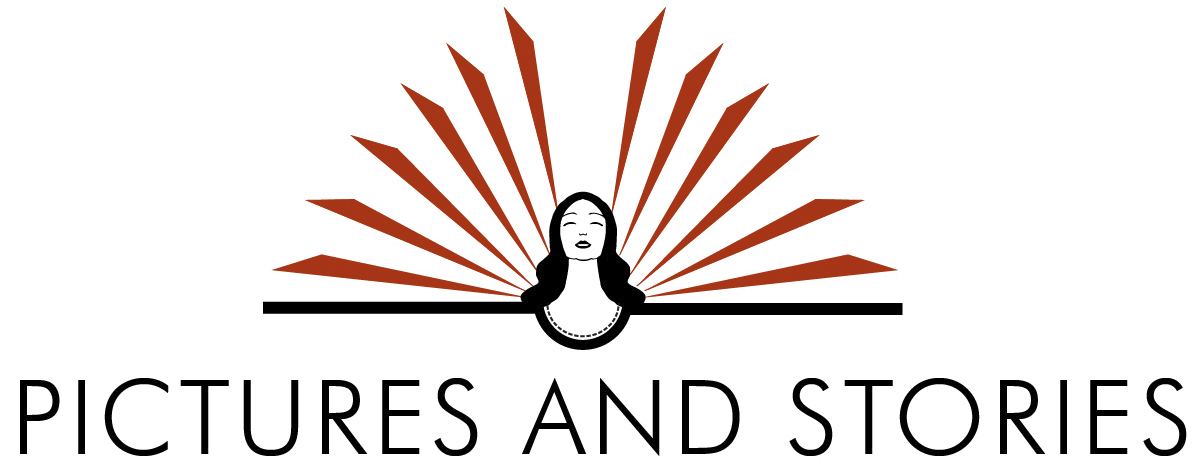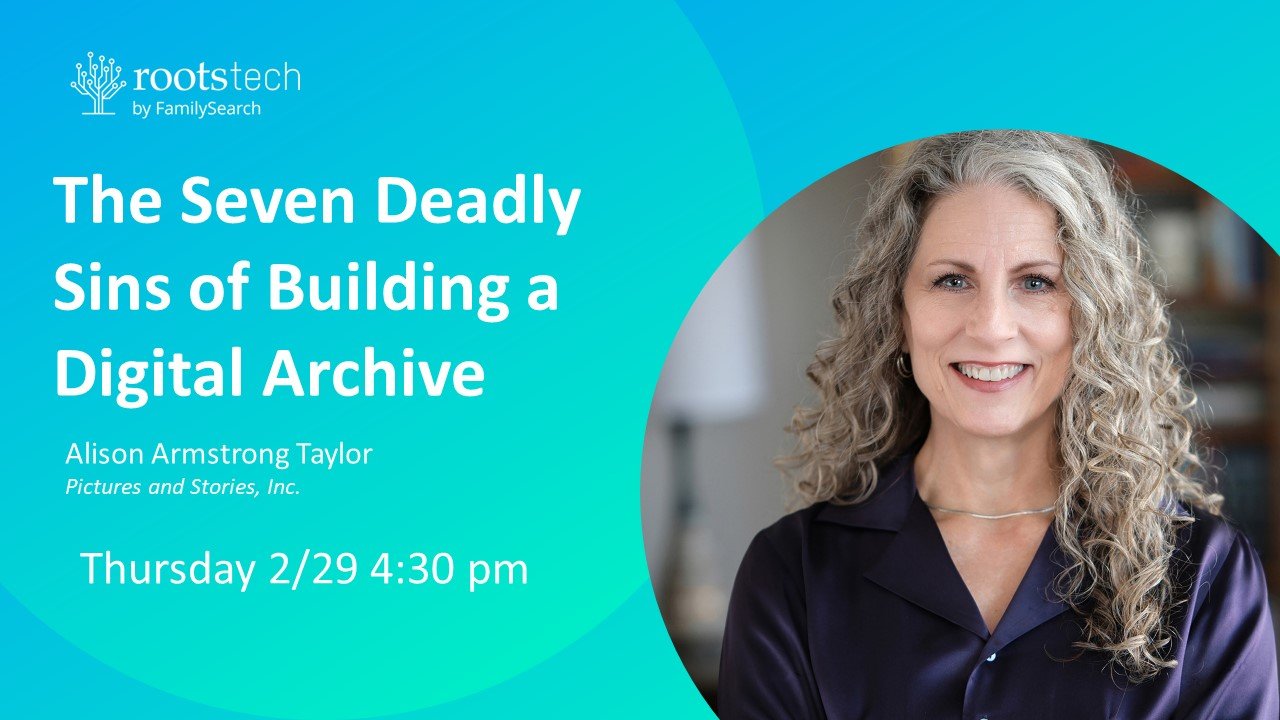You've got the narrative of your book ready to go, but If you are in the process of designing or self-publishing a book, figuring out what comes before and after the narrative can be confusing. Should I use a preface or a foreword? Where do I put the copyright notice? Here's the skinny on the rest of your book.
Front and Back Matter
Although this sounds a bit like something you would brush off your tie or the seat of your pants, it’s actually a publishing term that means “the stuff that goes at the beginning/end of the book.”
The front matter might include, in the following order:
- Title page. Normally the first right-hand page of the book, and contains the full title, subtitle (if there is one) and author’s name. It can also contain graphics. Sometimes a half-title page, containing only the book’s title, appears before the title page. It is up to you whether you include a half-title, but you should have at least a title page to ease the reader into your book. If your book will be sold to the general public, you will also need to include the name of the publishing company and city in which it was published (required to receive a Library of Congress control number). Each front matter section generally (with exception of the copyright page) begins on a right-hand (recto) page.
- Copyright page. This is usually the back side of the title page, a left-hand (verso) page. A copyright notice is not required to protect unauthorized use of your work (in United States copyright law, you intrinsically own the copyright of any work you have created whether or not you have registered it with the copyright office or posted a copyright notice), but you should include it in your book anyway. It only needs three things: a copyright symbol © or the word “Copyright” followed by the year in which it was printed or otherwise published, and the name of the author(s). You can, if you like, follow that by the words “All rights reserved” which basically covers everything in current U.S. copyright law. You can add a bunch of other legalese if you’re that sort, but it’s not required to protect your authorship rights.
- Dedication page (optional) is usually on the next right-hand page following the copyright page. This is usually a short dedication (“For my loving wife Mary, who brought me sandwiches every day as I was writing this book”) rather than a long list of people to thank (see Acknowledgements).
- Acknowledgements (optional) appear on the next right-hand page after the dedication page. If you wish to acknowledge people who have helped in this effort, this is the place to do it.
- Epigraph (optional). No, it’s not something written on your tombstone—an epigraph is a pertinent quotation of some sort at the beginning of the book. We rather like epigraphs, as they can quickly set a tone for your book, preparing the reader for what is to come. An epigraph should effectively reflect the overall theme of your book. It could be a quotation, a poem, song lyric, or something you heard on Oprah Winfrey, as long as it is meaningful to you and appropriate to your subject.
Table of contents.
- Table of contents will usually appear on the next recto page, although some publishers start them on a verso (left-hand) page. The title should read only “Contents” without the “Table of.” NOTE: Don’t worry about adding page numbers to your contents until the layout is complete! The page numbers will change as the book is laid out; therefore adding page numbers is one of the last things to be done before going to print.
- Foreword (optional) is a statement or introduction by someone other than the author. Because it means “a word before” it is never, ever spelled “forward.” You wouldn’t write a foreword for your own book; instead, you as author would write a:
- Preface (optional but encouraged). A preface is written by the author and can include your reasons for writing the book or some instructions to the reader (“As you read, try to put yourself in the dusty shoes of those intrepid pioneers” or “I hope my mother will forgive me for using a cuss word in Chapter 3.”) You can also combine your preface and acknowledgements. You don’t have to use the word Preface either: you can title this page “Why I Wrote This Book” or “A Few Words” or whatever you like. This is your last chance to prepare your reader for what they are about to experience.
Back matter, obviously, is the stuff that goes at the end of the book. This might include:
Appendices (optional). Appendices can be useful in a memoir if you have additional information that might be interesting to the reader but would interrupt your narrative if placed in the body of the book. Material for appendices could include a resumé, diary pages, genealogical charts, or a Toastmasters speech of which you are particularly proud. If you have more than one appendix, they can be labeled “Appendix A,” Appendix B,” and so forth, or each can have its own title.
Other back matter items could include a glossary (for foreign words, medical phrases, etc. if your memoir contains a lot of these), a bibliography (containing sources for historical research, for instance), and an index. Most of these are not needed in a personal history or memoir, but if you feel they are needed or appropriate, then by all means use them.
A word about page numbers. In traditional publishing, page numbers for the front matter appear in roman numerals. The actual first page of your book after the front matter should always start on a right-hand page and will be page 1. Page numbers can in a header at the top of the page, or at the bottom, as they are in this book. They can appear in the center of the page or near the outside margins. Headers and footers can appear with page numbers alone, or with book or chapter titles. Some page numbers even appear in the middle of the page in the outside margin. There are many styles of page numbering. Look at some printed books to see what style you like. Whatever you choose, be consistent.




